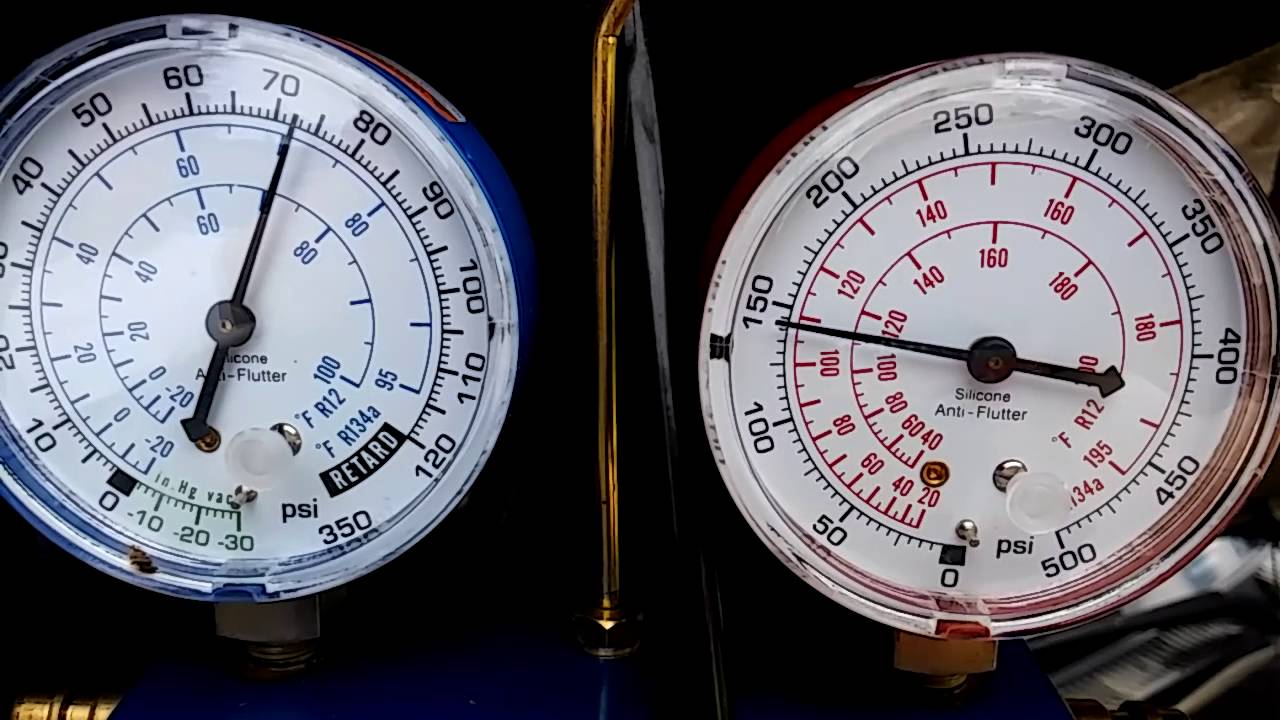The fuel efficient “black” Toyota Prius Hybrid
Prius is a Latin word meaning “first”, “original”, or “superior”. According to Toyota, the name was chosen because the Prius was launched before environmental awareness became a mainstream social issue.
The Toyota Prius is a full hybrid electric mid-size hatchback, formerly a compact sedan, developed and manufactured by Toyota. The United States Environmental Protection Agency and California Air Resources Board (CARB) rate the Prius as among the cleanest vehicles sold worldwide based on smog-forming emissions. The 2016 model year Prius Eco ranks as the all-time most fuel efficient gasoline-powered car available for sale without plug-in capability.
The Prius first went on sale in Japan in 1997, and was available at all four Toyota Japan dealerships, making it the first mass-produced hybrid vehicle. It was subsequently introduced worldwide in 2000. The Prius is sold in over 90 markets, with Japan and the United States being its largest markets. Global cumulative Prius liftback sales reached the milestone 1 million vehicle mark in May 2008, 2 million in September 2010, and passed the 3 million mark in June 2013. Cumulative sales of 1 million Priuses were achieved in the US by early April 2011, and Japan reached the 1 million mark in August 2011.
The Prius Hybrid
In 2011, Toyota expanded the Prius family to include the Prius v, an extended hatchback wagon, and the Prius c, a subcompact hatchback. The production version of the Prius plug-in hybrid was released in 2012. The second generation of the plug-in variant, the Prius Prime, is scheduled to be released by the end of 2016.
Toyota expects the Prime to achieve the highest miles per gallon equivalent (MPGe) rating in all-electric mode of any plug-in hybrid available in the market. Global sales of the Prius c variant passed the 1 million mark during the first half of 2015. The Prius family totaled global cumulative sales of 5.2 million units in July 2015, representing 65.4% of the 8 million hybrids sold worldwide by Toyota since 1997
At its introduction in 2009, it won the Car of the Year Japan Award for the second time.
Design Features
Its new body design is more aerodynamic, with a reduced drag coefficient of Cd=0.25. This figure is disputed by General Motors which found the value for the model with 17-inch wheels to be around 0.30 based on tests in GM, Ford, and Chrysler wind tunnels.
Fuel Efficiency
The 1.8-liter gasoline engine (previously 1.5 liters) generates 98 hp (73 kW), and with the added power of the electric motor generates a total of 134 hp (100 kW) (previously 110 hp or 82 kW). The larger engine displacement allows for increased torque, reducing engine speeds (RPM), which improves fuel economy at highway speeds. Thanks to its electric water pump, the Prius engine is the first consumer automotive production engine that requires no accessory belts, which also further improves its fuel economy. The electric motors and other components of the hybrid powertrain are also smaller and more efficient than the industry average. Toyota estimates the new inverter, motor and transaxle are 20 percent lighter.
Final Verdict
Prius Hybrid encompasses this vision, where a vehicle can be as inspiring to the human spirit as it is mindful of the world around us. The Toyota Hybrid can be purchased online at www.carfromjapan.com at very reasonable prices for those car lovers looking to saving the environment.














